| By: Paul S. Cilwa | Viewed: 4/19/2024 |
Page Views: 2619 | |
| Topics: #Photography #Techniques | |||
| Snapping the shutter is just the beginning, if you want eye-popping photos that grab the viewer's attention. | |||
When I was a teenager, my classmate's dad taught me how to develop black-and-white film and to make prints. That technique included tricks for dodging highlights, burning in dark spots (both techniques now replaced by HDR filters), and increasing or decreasing brightness and contrast. It was all done by modifying times, apertures, and chemicals (even the temperature of the chemicals!)
But those days are past us. Now, photo editing, even editing of a picture shot on film, is all done in the computer or smartphone. The principles of modifying an ordinary shot to make an eye-popping piece of photographic art haven't changed, though. Just the ways to achieve it has. Check out some of the hints in the essays below.
Digital Paintings
| By: Paul S. Cilwa | Posted: 8/26/2010 |
Page Views: 5363 | |
| Topics: #Photography | |||
| All about my newest art form. | |||
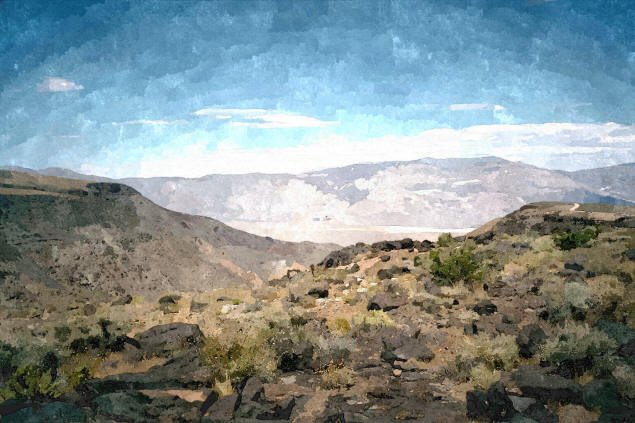
There are those who pick a medium—oils, acrylic, photography—and stick to it. There are others who pull in pieces, willy-nilly, using any tool they can find to produce the effect they want.
Read more…
Fauxtography
| By: Paul S. Cilwa | Posted: 8/30/2007 |
Page Views: 2995 | |
| Topics: #Humor #Fauxtography | |||
| Blog Entry posted August 30, 2007 | |||
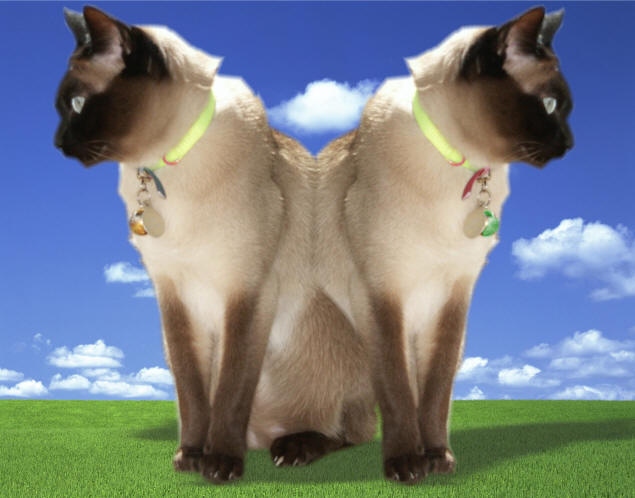
Fauxtography is the word, recently coined, for special effects photos that seem to display something that can't (or, at least, doesn't) exist in reality. You know, like a photo of one person that looks like twins, or of a person floating in mid-air, or of an empathetic Republican.
Read more…
HDR 2010
| By: Paul S. Cilwa | Posted: 3/9/2010 |
Page Views: 6118 | |
| Topics: #DigitalPhotography | |||
| All about the new techniques of HDR photography. | |||
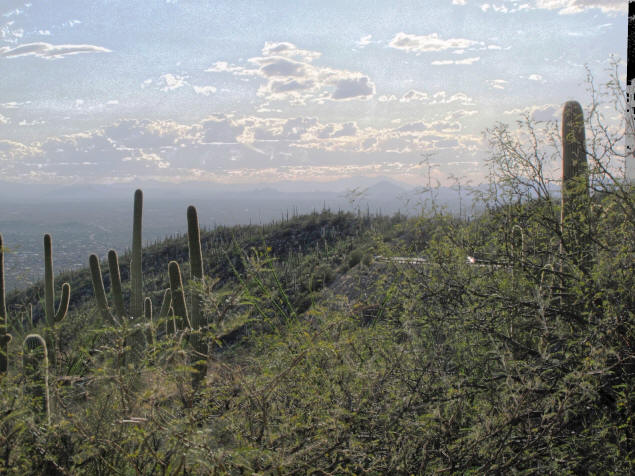
If you enjoyed my previous post of photos from my trip up Mount Lemmon, you might have noticed that a few of the pictures seemed to "pop out" at you more than others. You may also have noticed than some "professional" photos look better than yours, no matter how expensive a digital camera you have. And you might wonder, what are these photographers doing that you aren't? The answer is, they are creating HDR photos, arguably a step above mere digital. And the good news is, they aren't that much harder to create, and with a little extra effort, you can make HDR photos of your own.
Read more…
Organizing Your Photos
| By: Paul S. Cilwa | Posted: 3/15/2017 |
Page Views: 2958 | |
| Topics: #Photography | |||
| How to arrange and tag your digital photos so you and your descendants can find the one they're looking for. | |||
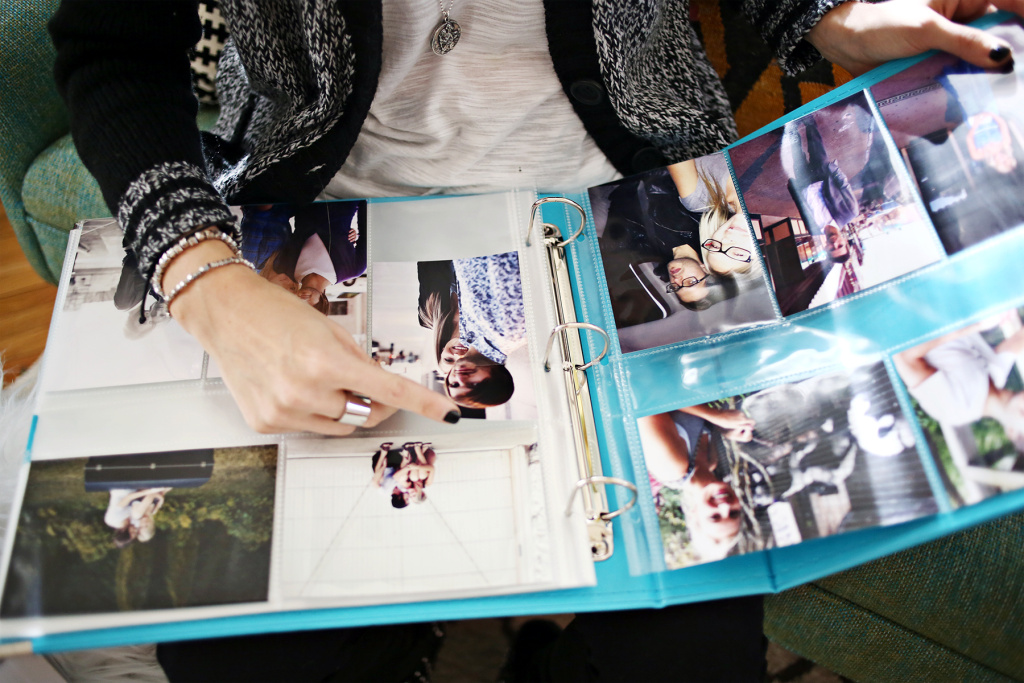
On a recent visit to Key West, I met my daughter's mother-in-law, Snow, who has an enormous and well-organized library of photo albums filled with pictures taken throughout a long life spent traveling all over the world. There must be thousands of pictures in those binders. And yet, when she wanted to find one, specific photo of her sons and my daughter, she had it in her hands after less than a minute spent searching. Sadly, few people can claim to be as organized. In the days of film and paper prints, the majority of people stored their precious photos in shoeboxes; in these days of digital photography, when every phone is also a camera and everyone has a camera on his or her person during every waking hour, there are more photos than ever; yet, without a method of organizing the pictures, most people can't find any picture they've taken without a lengthy search—and sometimes, not even then. I'm here with tips as to how you can accomplish that organization.
Read more…
Digital Touchups
| By: Paul S. Cilwa | Posted: 9/24/2017 |
Page Views: 2414 | |
| Topics: #Photography #Techniques #Touchups | |||
| How to punch up an ordinary photo to make it outstanding. | |||
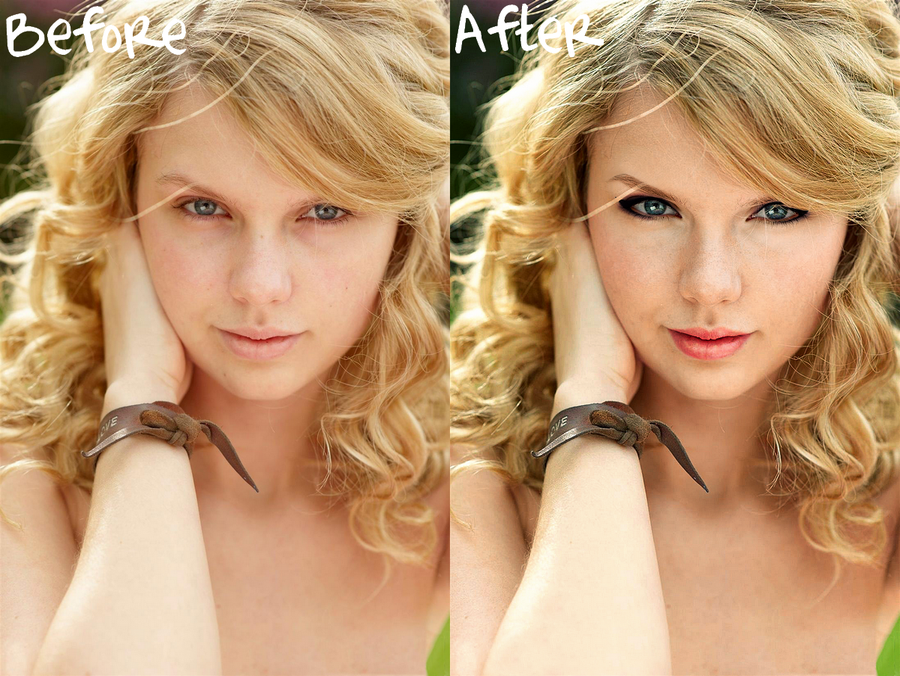
Photographers have always used any tool at hand to add interest to their photographs. I'm not talking about things like thought balloons or bunny ears; I have more in mind techniques that are bit farther than adjusting overall exposure or sharpness, yet still well within what looks like a perfectly normal photo.
Read more…





